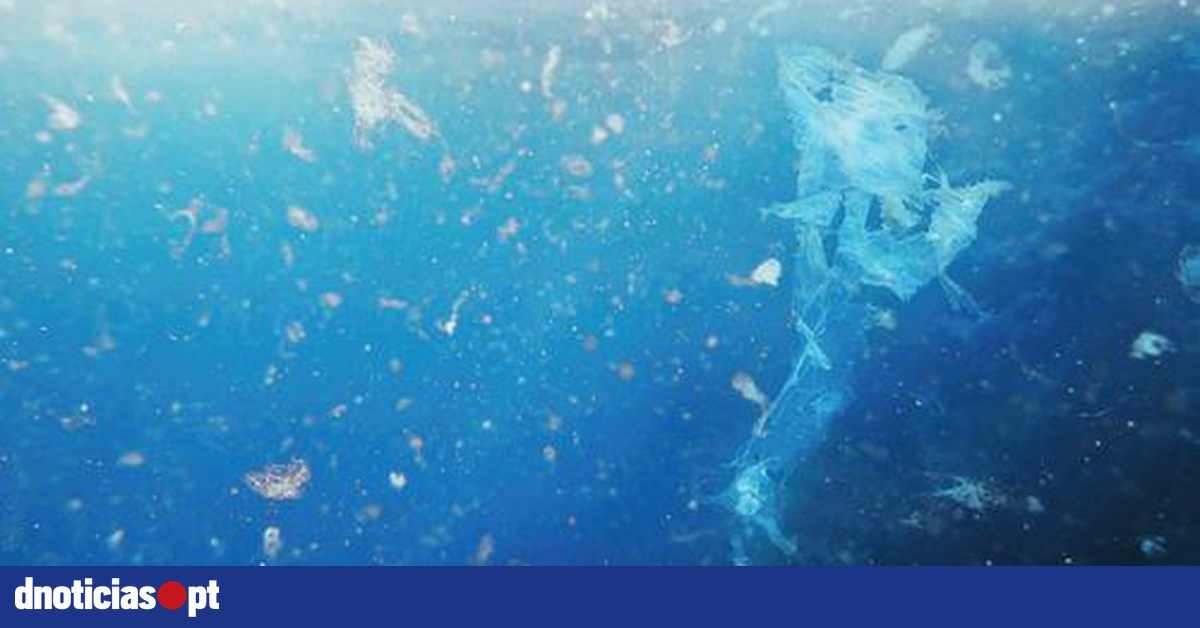Microplastic levels “affect the digestive system” of seabirds, but changes already occurring in nature could “serve as a warning sign of health problems” that may be occurring in humans.
The conclusions are the result of a study conducted by a team of scientists from the University of Ulm, Germany, with researchers from the Institute for Research in Marine Sciences, OKEANOS, University of the Azores, Acadia University and McGill University, Canada.
In this study, scientists examined and characterized the gastrointestinal microbiomes of two seabird species, fulmars (Fulmarus glacialis) and shearwaters (Calonectris borealis).
Microplastics from the gastrointestinal tract were also analyzed.
According to the researchers, to date, “only a few experimental studies on this problem have been published” and the results, which were developed in laboratory conditions, “are often based on high concentrations of microplastics, and are not representative of concentrations observed in nature.”
But in this new study, the researchers show that “changes in the microbiome do indeed occur in nature,” which can have effects “not only on individuals, in the short term, but also in the long term, for many interconnected species,” because “of Contaminants are expected to accumulate along the food chain.
The OKEANOS Institute researchers say the conclusions of this study reflect “a real situation, demonstrating the effects of microplastic ingestion in wild animals.”
“As it has already been shown that humans also incorporate microplastics, these studies should serve as a warning sign for health problems that may be happening to us humans as well,” they noted.
According to the study, which was published in the journal “Nature Ecology & Evolution,” the greater the incidence of microplastics in the stomach and intestines of seabirds, the greater the impact on the diversity of the microbiome (the group of microorganisms that live in tissues and intestines). liquids of living organisms).
The researchers point out that “microplastic pollution is an environmental problem with global impact, as these particles (smaller than 5 millimeters) have a wide distribution, including in remote areas such as Antarctica and the deep seas.”
According to Yasmina Rodriguez, co-author of the study and a researcher at the OKEANOS Institute, “Despite the continuous increase in plastic concentrations in the marine environment, it has not yet been demonstrated that microplastics, at current environmental concentrations, alter microbial communities in the digestive tract of land animals.”
“Thus, with this discovery, we believe that new lines of investigation will emerge to deepen knowledge about the effects that ingestion of our garbage has on animal health,” the researcher says, in a press release.
The scientists considered the gut microbiome “an indicator of health, and a key component of the host animal’s immunity and well-being.”
“In addition to the consequences of mechanical injuries, pathogens transmitted with microplastics or chemical disturbances caused by plastic polymers can also be considered as possible causes,” explains Christopher Pham, co-author of the study and the researcher in charge of the team. Studying the effects of marine litter on the OKEANOS Institute.

“Writer. Analyst. Avid travel maven. Devoted twitter guru. Unapologetic pop culture expert. General zombie enthusiast.”

